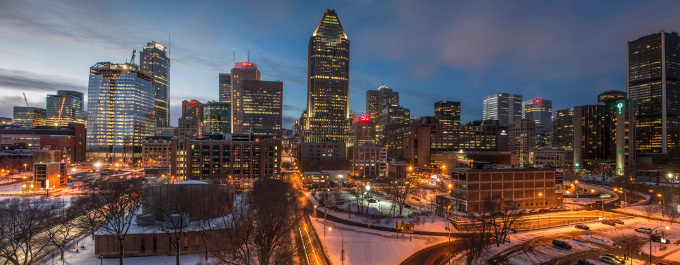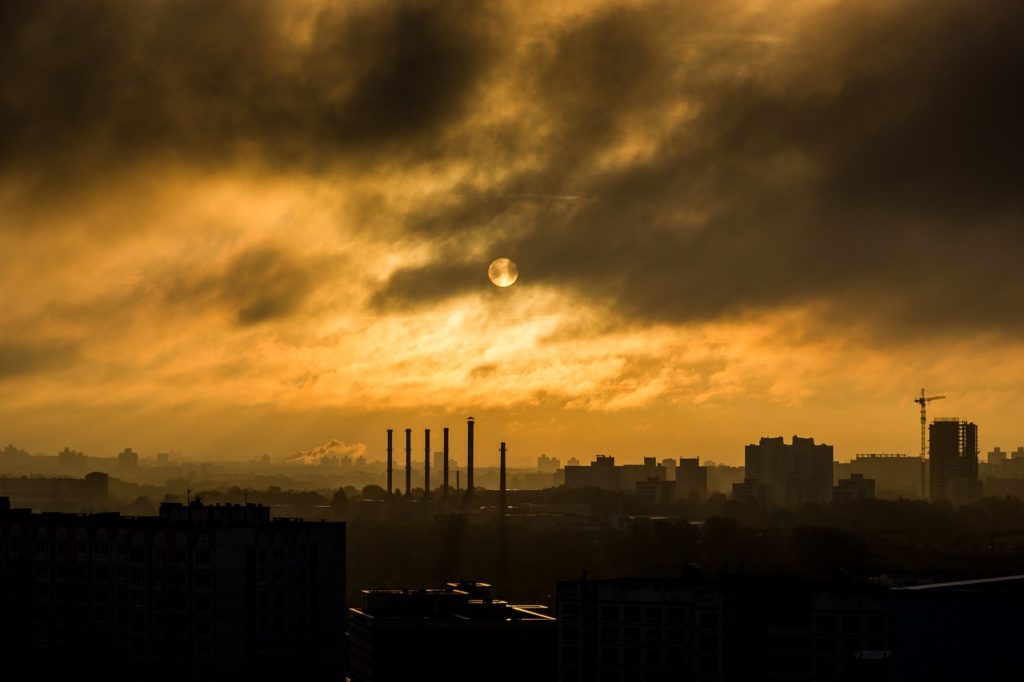
2015-16 Winter Weather Outlook


Our research points to a warmer than normal 2015-16 winter season for the U.S. This is primarily based on the intensity, location, and stability of the polar vortex through late November and the intense El Nino event in the Pacific Ocean. We anticipate a very warm start (December) while the highest likelihood for any colder biased month being later in winter, especially March. Overall, this winter is shaping up to be much warmer (less frequent Arctic air intrusions) across the central and eastern U.S. compared to the past two winters. We are also calling for the West Coast and much of the Southern U.S. to most likely receive above normal precipitation totals this winter. Below normal precipitation is most likely across parts of the Northern U.S. This winter looks to feature drastically improved precipitation prospects for California and much of the drought-stricken West compared to recent seasons.
Earlier this autumn, we knew that this winter would feature one of the strongest El Nino events of all time. Historically, strong El Nino winters were very warm, but this sample size was too small (2) to have confidence that this winter would also be warm. During the past 6-8 weeks, we have monitored the location, intensity, and strength of the stratospheric polar vortex and the advancement of snow cover across the Northern Hemisphere. These are important variables that determine the base state of the Northern Hemisphere pattern as the atmosphere transitions from autumn to winter. When analyzing all the variables together, there is a distinct bias in the warm direction for temperatures this winter. The two dominant variables that distinctly point in the warmer direction for this winter are the polar vortex and El Nino.
As a result of our winter forecast, notable potential impacts in the supply chain / logistics, agriculture, and energy sectors include:
- Reduced frequency of Arctic air mass intrusions which would lower the risk of freeze damage events for shipping of food / beverage products and winter crops (winter wheat, citrus, etc), especially in the central / eastern U.S.
- Increased risk of flooding / ice and logistical challenges across the Southern U.S.
- Increased risk of livestock stress via wetness / mud across the central U.S. feedlot zones, especially Kansas, Oklahoma, and Texas
- A much improved snow / hydro season for the West, particularly in California
- More snow in western U.S. mountain passes which could hamper regional transportation
- Adequate soil moisture reserves going into the spring planting season across the bulk of the U.S. agriculture belts
- Below 30-year normal U.S. heating demand (natural gas and power consumption) especially in the central and eastern U.S. population centers

How does the polar vortex and a strong El Nino produce a warm winter? In regards to the polar vortex, it has been stronger than normal, less perturbed, and more stable across the Arctic region. This is due to the fact that hemispheric wave activity flux (WAF) – the transport of heat from the tropics into the Arctic – has been below normal. In other words, the mid-latitude jet stream around the hemisphere has been more zonal (west to east) versus meridional (north to south). In fact, this season’s WAF average over the 45 day period ending November 15 is the third lowest since 1979. The 10 lowest WAF years include 1982, 1984, 1985, 1990, 1991, 1997, 1999, 2001, 2002, and 2012. Historically, the consensus of similar low WAF years has yielded a warmer start to winter in December (see chart below) and an overall warmer than normal winter across much of the country. This is especially the case in the central and eastern U.S. A stronger, more stable polar vortex due to low WAF helps lock the bulk of Arctic air in the higher latitudes – a positive phase of the Arctic Oscillation. A weak, warmer, and less stable polar vortex with high WAF helps to flush more Arctic air into the Mid-latitudes – a negative phase of the Arctic Oscillation. This year, the polar vortex variable is pointing warm.

As for the strong El Nino, it also produces a warm bias across much of the lower 48 due to a stronger than normal polar jet stream and sub-tropical jet stream. In other words, strong El Nino ocean events and their winter atmospheric base state feature stronger than normal westerly flow. This stronger westerly flow limits Arctic air intrusions during the core winter months. This is what occurred during the other intense El Nino events on record – 1997-98 and 1982-83. Not coincidentally, these years also featured low WAF and a more stable polar vortex throughout the bulk of winter. Furthermore, global SSTs remain at record warm levels and with more westerly flow, this should also add warmth / moisture to the equation.
 Furthermore, El Nino events, especially strong ones that expand their warmth across the entire central / eastern Pacific Ocean, are correlated with above normal winter precipitation totals across much of the West Coast and Southern U.S. For the Plains, the strongest correlation with El Nino (above normal precip totals) starts as early as December as can be seen in the map below. Specifically, the map portrays the correlation between December sea-surface temperatures (SSTs) and December precipitation anomalies for the South Central Region centered on Texas. The black dotted areas indicate correlations that are statistically significant. Hence, above normal December precipitation totals are significantly correlated with warmer than normal SSTs across the entire central and eastern Pacific which is exactly what is occurring this season with this strongest El Nino event since the winter of 1997-98.
Furthermore, El Nino events, especially strong ones that expand their warmth across the entire central / eastern Pacific Ocean, are correlated with above normal winter precipitation totals across much of the West Coast and Southern U.S. For the Plains, the strongest correlation with El Nino (above normal precip totals) starts as early as December as can be seen in the map below. Specifically, the map portrays the correlation between December sea-surface temperatures (SSTs) and December precipitation anomalies for the South Central Region centered on Texas. The black dotted areas indicate correlations that are statistically significant. Hence, above normal December precipitation totals are significantly correlated with warmer than normal SSTs across the entire central and eastern Pacific which is exactly what is occurring this season with this strongest El Nino event since the winter of 1997-98.

What are the forecast risks? The buildup of Eurasian snow cover this autumn is a potential colder signal for later in the winter. This year, Eurasian snow cover extent registered above average during October but was not to the levels of the past two years. Moreover, the advancement of snow (rate of change) was only slightly ahead of normal at the end of October. As a result of these snow trends, there has been slightly above normal cold air pooling / higher barometric pressure across Eurasia and other parts of the Arctic this fall. This presents a colder risk if the pattern became more conducive to deliver some of this source region air into North America or other areas within the Mid-latitudes.
Another colder risk is if WAF begins to increase markedly in December resulting in a much weaker, more unstable / volatile polar vortex during the middle to end of winter; this is what occurred during the winter of 2012-13. If this were to verify, it would begin to provide a pattern more favorable for Arctic air flowage into the central and eastern U.S. especially if the PV were more elongated or displaced on the North American side of the Northern Hemisphere. This will be an item to monitor going forward.
In the world of seasonal forecasting, there are times when the signals are muted and times when the signals are relatively strong. The situation going into the winter of 2015-16 features strong variables (polar vortex, strong El Nino) and thus, our confidence with this long range forecast is high.



